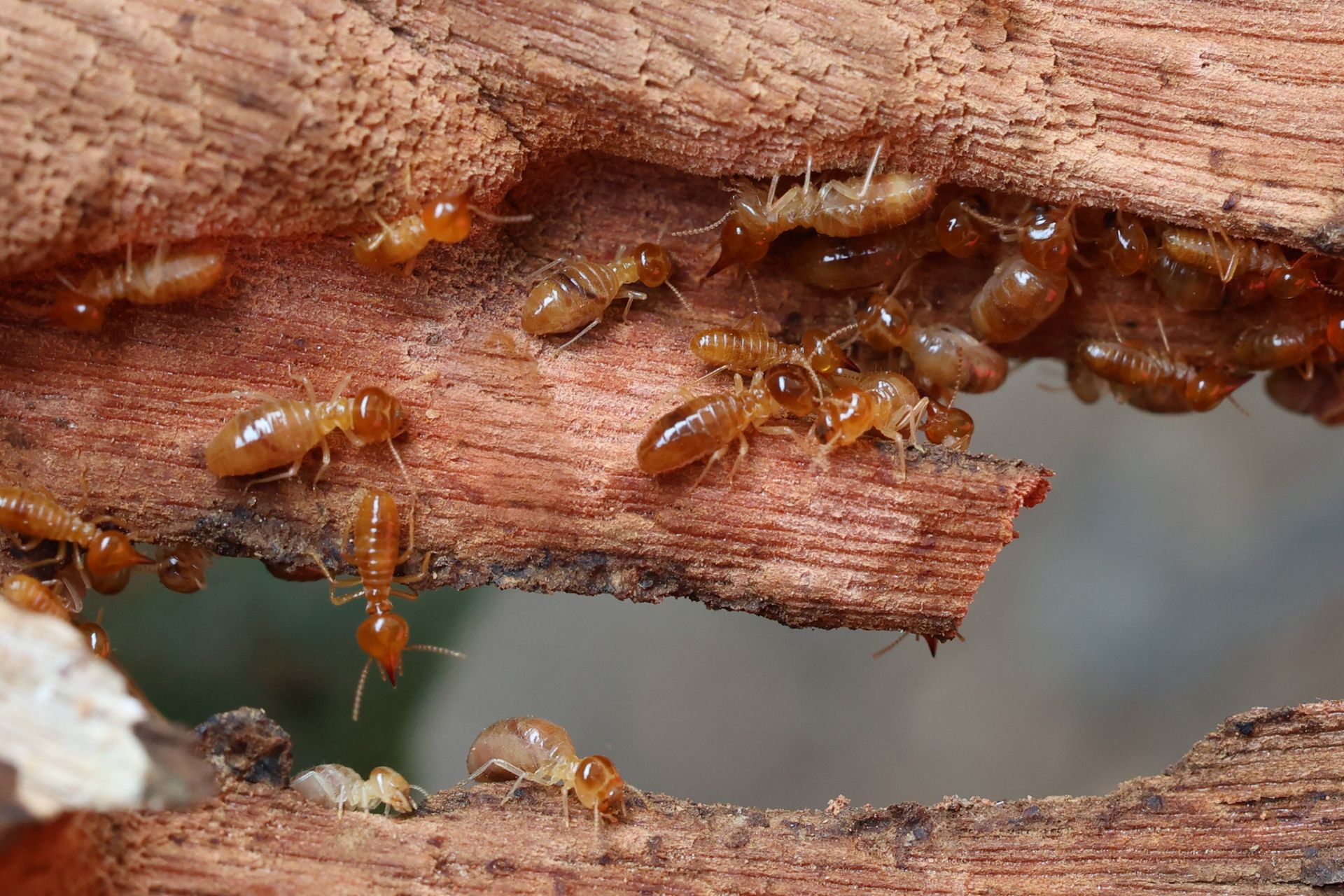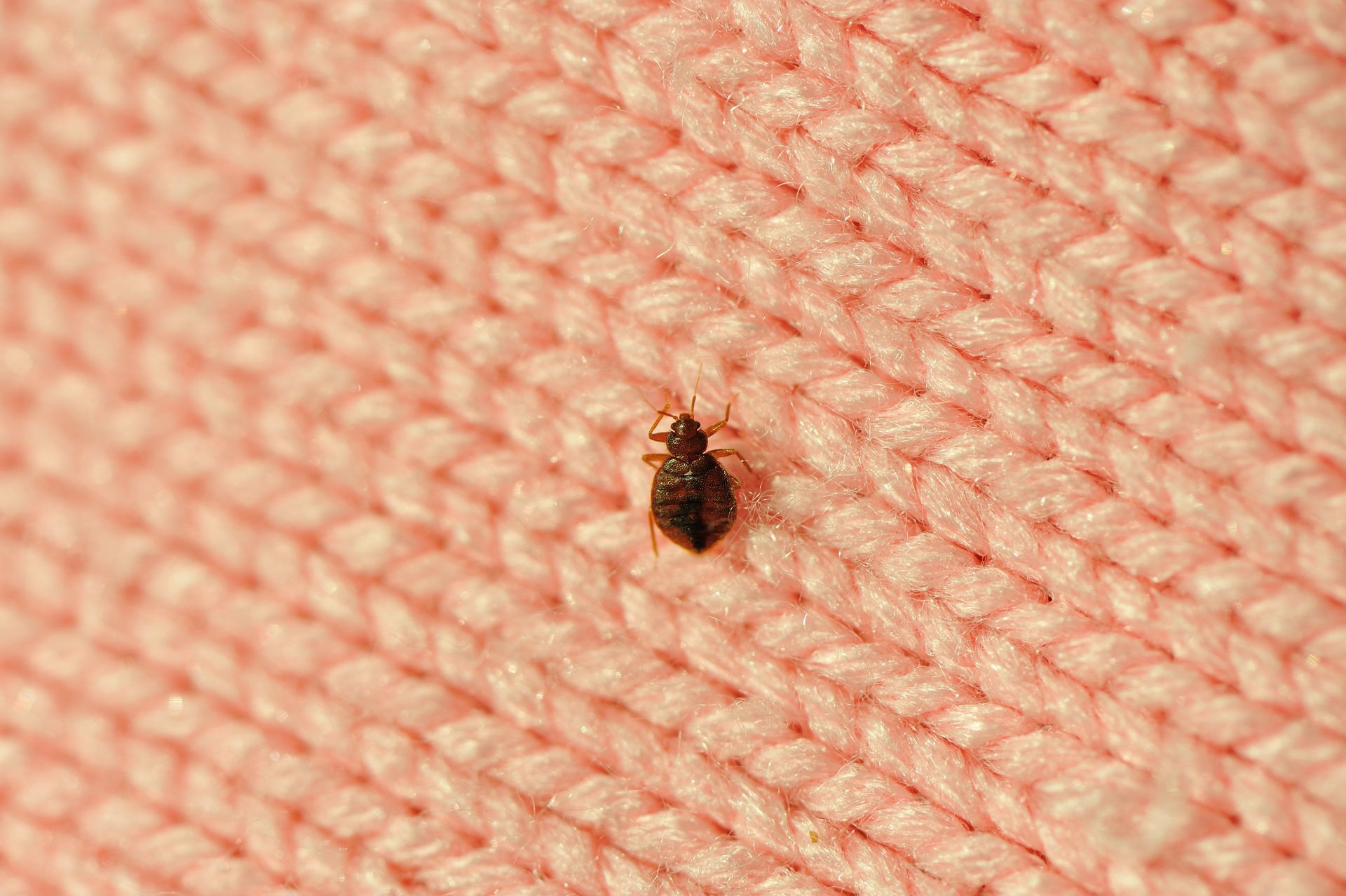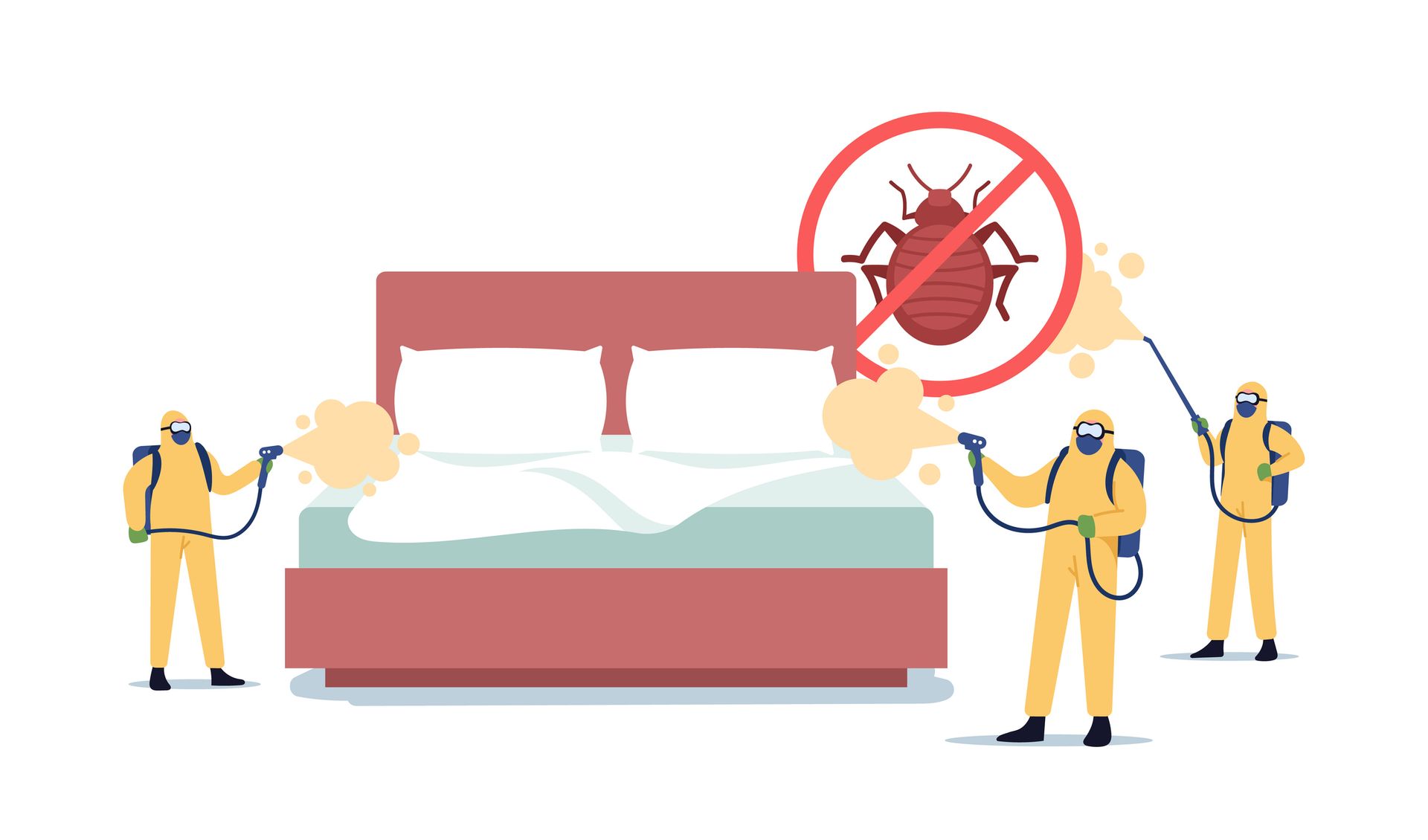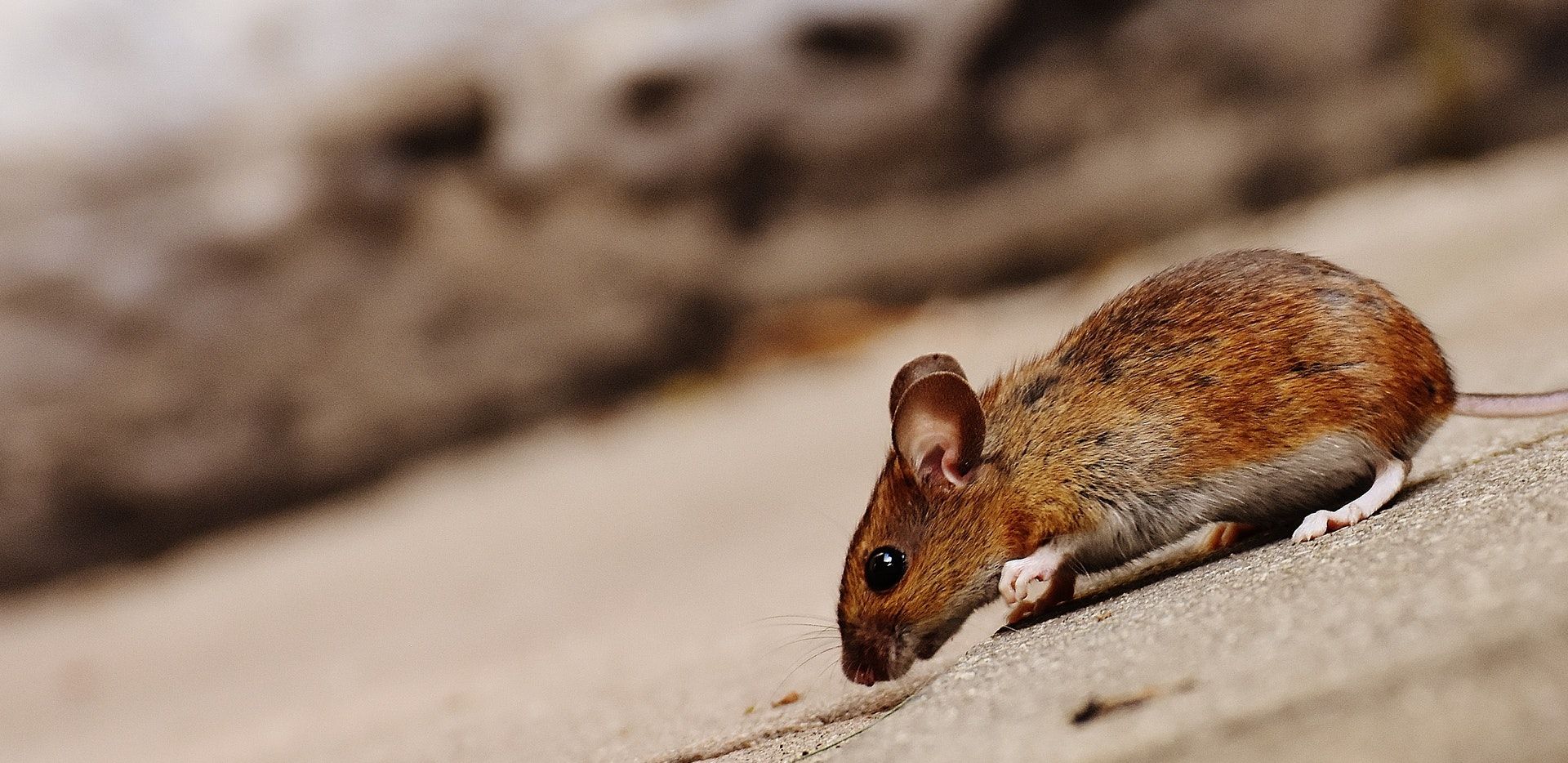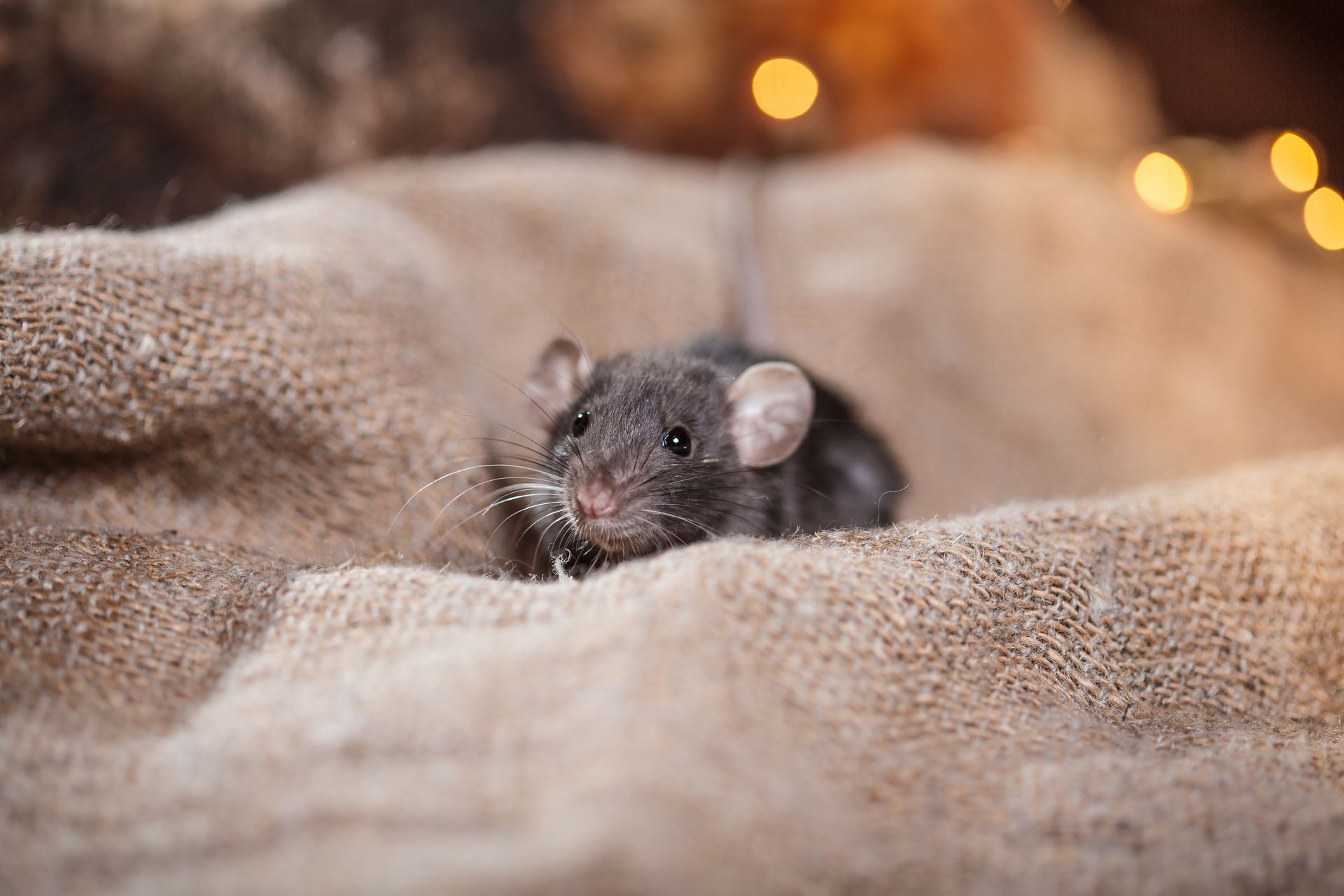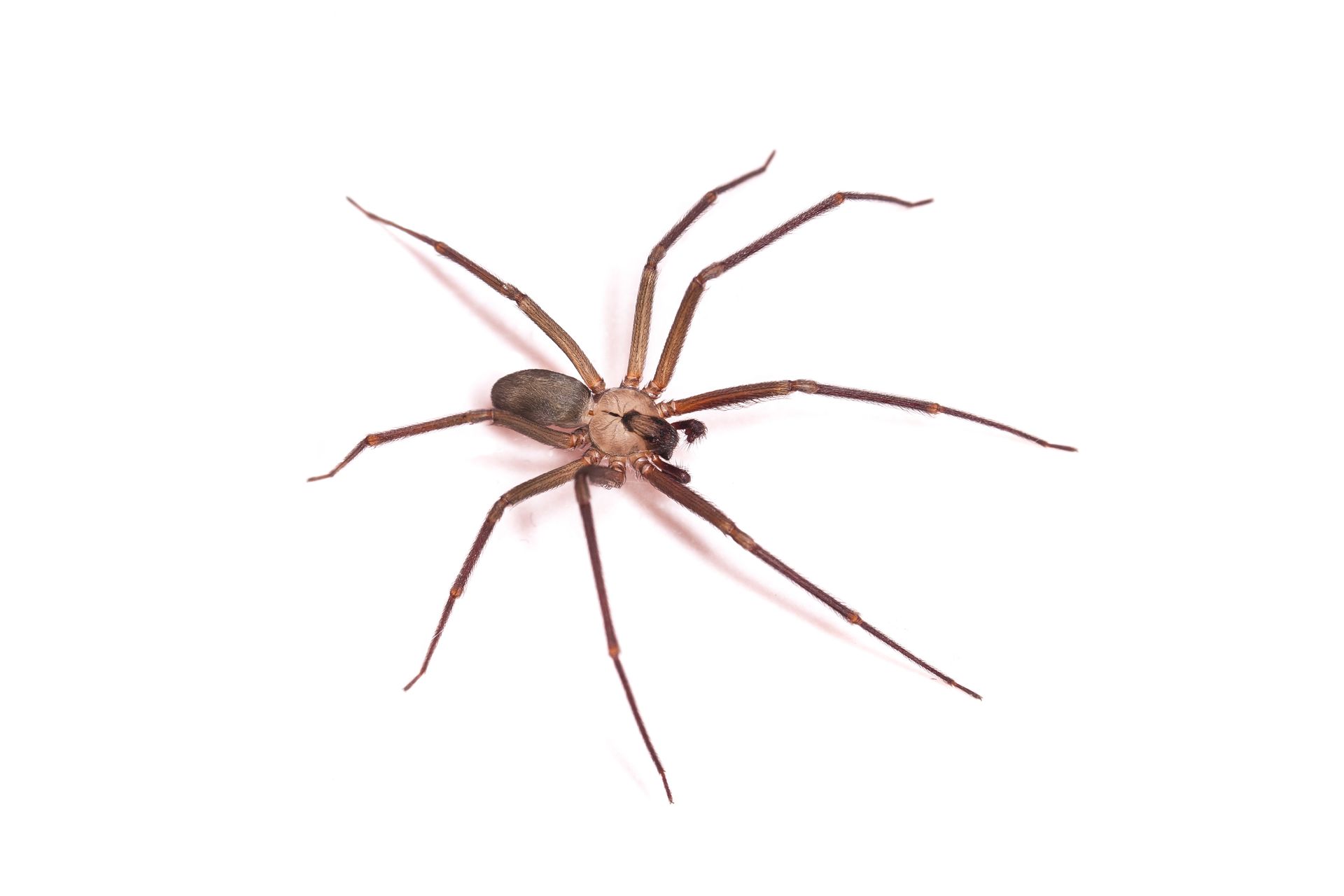3 Common Myths About Bedbugs
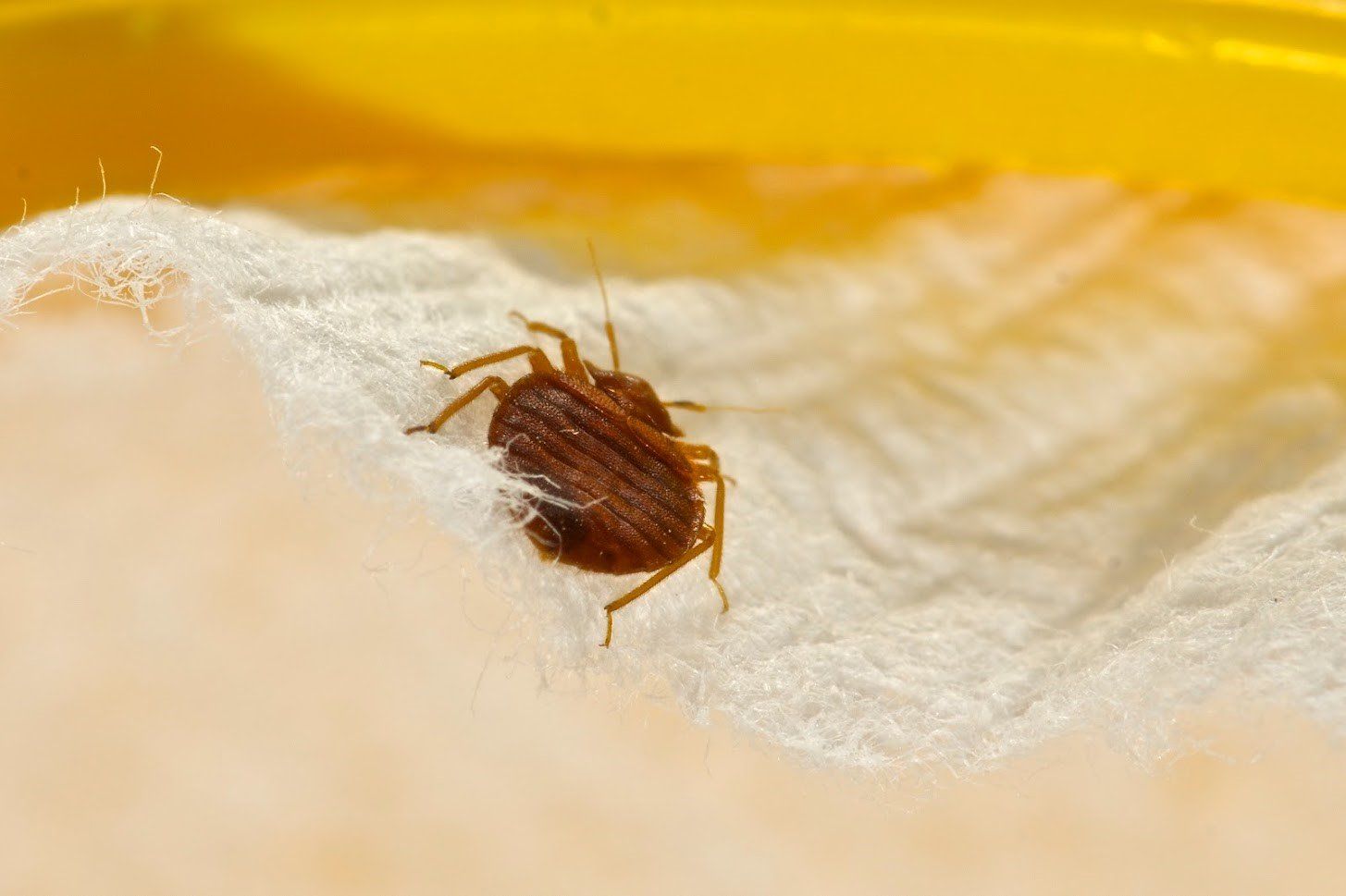
Maintaining your home can be challenging at times, especially since so many tasks are necessary. Unfortunately, some homeowners do not place enough importance on pest control.
While shocking to learn, an estimated 97 percent of all pest professionals have treated bedbugs. These bugs are becoming more common and more problematic each year, but many people lack a real understanding of bedbugs. By debunking these common myths, you will understand the signs, preventative measures, and treatment options for bedbugs.
1. Bedbugs Only Infest Beds
One of the most common myths associated with bedbugs is that they only infest beds. Focusing on your bed when inspecting for these bugs is smart, but it is not the only area these unwanted guests can visit.
As a matter of fact, bedbugs can infest numerous areas of your home, clothing, and vehicle. If you are concerned about these pests in your home, make sure to inspect the following locations:
- Head and footboards of beds
- Bed linens
- Mattress and box spring
- Nightstand
- Chairs, sofas, and loveseats
- Window treatments
- Carpeting and rugs
- Baseboards
- Closets
- Clothing
- Luggage
- Handbags
Bedbugs may create homes in any of the above areas, but they can also infest your vehicle. If you have traveled recently, consider inspecting the floors and seats of your vehicle for bedbugs.
2. You Cannot Actually See Bedbugs
Another common misconception you may believe is that bedbugs are similar to dust mites, meaning that you are unable to see them. This is not true — you can see bedbugs and the damage left behind by these unappealing pests.
Bedbugs measure approximately 5 to 7 mm long, which is about the size of an apple seed. They have a flat body that is shaped like an oval and are usually a reddish brown in color. If you see one or more of these bugs in your home, contact a professional to make a plan of action for treatment.
The actual sight of a bug is not the only sign of an infestation. Because bedbugs will bite, feeding off your skin and blood, you may notice light spots of blood on your sheets, mattress, or furniture. As with any living creature, bedbugs will leave behind fecal matter.
If you have an infestation, you may notice brown spots with hints of red on bedding and other areas of your home. Because of the potential buildup of bloody residue and fecal matter, an infestation can create a foul odor in your home.
3. Bug Bombs Are Effective Treatments
Visit your local home improvement, hardware store, or discount retailer and you will find a large selection of pesticides and bug removal products.
While some of these are effective in certain situations, DIY treatments that are sold in stores are not the best solution for your home's bedbug infestation. Once the pesticide is released, bedbugs will move deeper into surfaces, entering smaller cracks and crevices to effectively hide from the fog.
Thermal remediation uses heat to eradicate a bedbug infestation. The excessively high temperatures create heat that is capable of killing bedbugs — whether they are out in the open or hidden deep within your home. Compared to DIY bug bombs, thermal remediation is more effective and safer to use against a bedbug infestation.
Bedbugs are common but not fully understood by most people. To learn more about these unappealing, problematic pests, contact the pest professionals at Pass Pest Control today. We offer treatments that work to eradicate bedbugs from your home. Please let us know what questions and concerns you have about your pest situation. We will be happy to answer them and help in any way we can.

